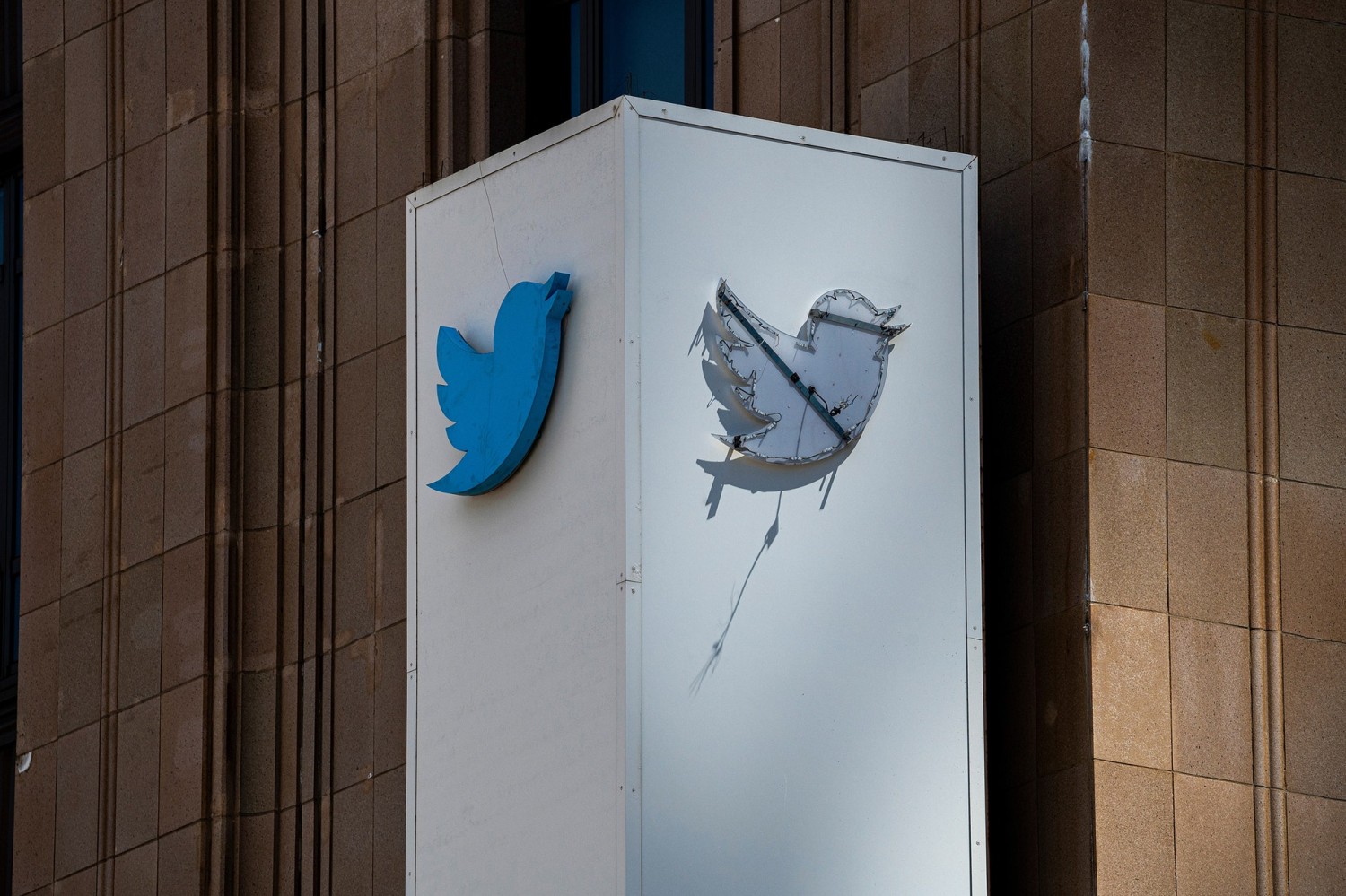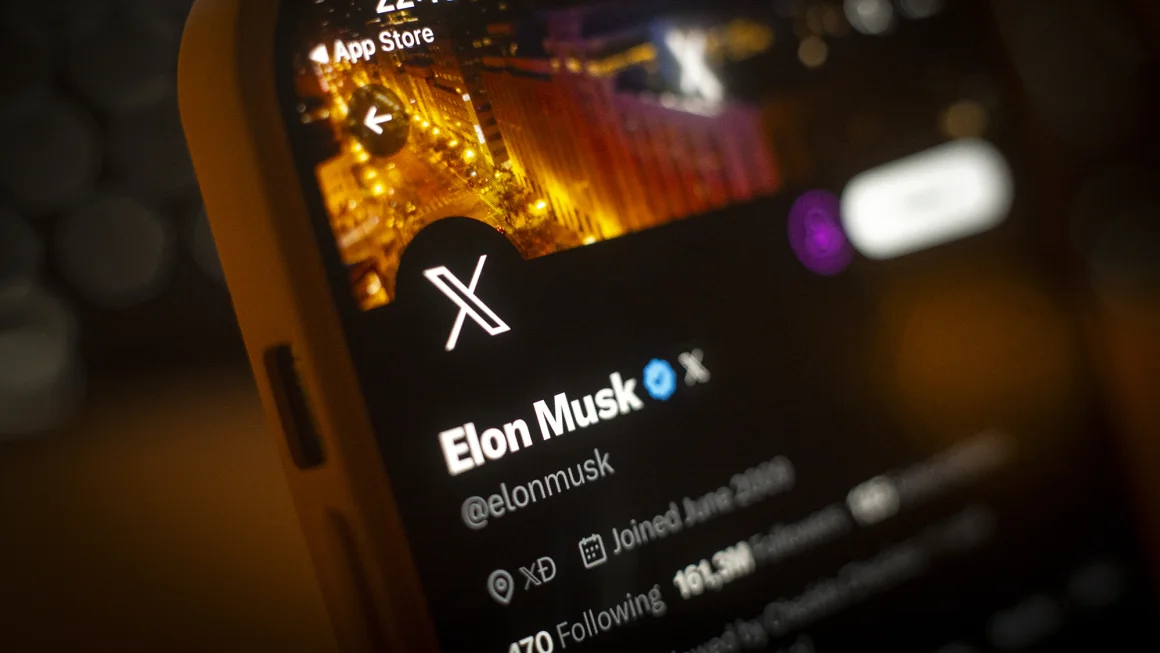This article is more than
1 year oldWe Don’t Need a New Twitter

In early July, Meta introduced Threads, a text-posting social-media application that was clearly designed to steal market share from Twitter, which continues to struggle under the leadership of Elon Musk. Adam Mosseri, the executive in charge of Threads, recently explained that the goal of the service is “to create a public square for communities on Instagram that never really embraced Twitter and for communities on Twitter (and other platforms) that are interested in a less angry place for conversations.” Chris Cox, Meta’s chief product officer, was more blunt: “We’ve been hearing from creators and public figures who are interested in having a platform that is sanely run.”
The more than a hundred million users who signed up to try Threads demonstrate the continued desire for something like Twitter at its best: a global conversation platform on which everyone can gather to make sense of ideas and events, or, failing that, at least identify some strangely entertaining memes. If Meta can succeed in capturing some of this peak-Twitter magic, while avoiding late-stage Twitter’s struggles, the company will perhaps even reclaim some of the cultural gravity that it squandered a decade ago when Facebook took its turn toward crazy-uncle irrelevance. But can Meta possibly succeed in building a saner, nicer Twitter?
To answer this question, it helps to better understand the business that Meta is getting into. Critical to the Twitter experience is the sense of shared conversation. Whereas Instagram or TikTok produce a custom feed for each user, optimized to their particular interests, Twitter’s power is its ability to show many people the same small number of interesting things. You check Twitter not just for distraction but also to figure out what the Internet hive mind is obsessed about on any given day. Achieving this sense of communal dialogue presents a daunting technical challenge. Twitter users reportedly produce over five hundred million tweets per day, which the platform must somehow sift through to isolate and spread the interactions that might be most attention-worthy and entertaining to the group as a whole. The strategy that Twitter developed to accomplish this goal was to rely less on machines and more on people. The individual decision to retweet or quote a message, when scaled up to millions of active users, turns out to produce an eerily effective distributed selection process. A quip or observation that hits the Internet just right can quickly spark an information cascade, where retweets spawn more retweets—the original message branching exponentially outward until it reaches, seemingly all at once, an extensive readership. To be sure, Twitter also uses algorithms to fine-tune its selection process, but these algorithms are largely subservient to the human-driven group dynamics; the service reorders the messages in your timeline, for example, to prioritize those which are most widely shared.
The reality of how Twitter succeeds in cultivating a sense of shared conversation at a substantial scale presents a problem for Threads’ goal of making its platform “less angry.” The small number of digital interactions that survive Twitter’s style of cybernetic curation tend toward negative and emotionally charged topics. This is a classic example of selection bias: the more aggressive messages are more likely to succeed in catching the attention of a sufficient number of retweeters to drive viral expansion. This doesn’t mean, of course, that every popular tweet is mean. Breaking news can spread quickly, as can clips that are funny in an original or strange way—but these innocuous trends feel serendipitous, like a rainbow spanning storm clouds. To reach the Twitter masses, conspiracy, demagoguery, and cancellation are much more likely to succeed. The result is a Faustian bargain for our networked era: trusting the wisdom of crowds to identify what’s interesting can create an intensely compelling stream of shared content, but this content is likely to arrive drenched in rancor.
The obvious way Meta can attempt to escape this bargain is by moving Threads away from retransmission-based curation and toward algorithmic ranking. This will give the company more control over which discussions are amplified, but, in doing so, they will also lose the human-powered selectivity that makes Twitter so engaging. Algorithms are good at finding content that matches the carefully established interests of individual users but have proved incapable of predicting in advance the Zeitgeisty conversations most likely to capture the attention of the Internet masses at the moment. A more purely algorithmic conversation platform will behave like a shared Instagram feed without the pictures—a steady stream of earnest text about vaguely interesting topics. Is there a demand for this experience? Recent reports of a significant drop in user engagement on Threads after its launch indicate that the answer to this question might be “not really.” In developing Threads, Meta will likely succeed with its goal of offering advertisers a more sanely run platform, but the price will be a more boring experience.
If we look past this narrow discussion of Threads’ challenges, however, a broader question arises: Why is it so important to create a better version of Twitter in the first place? Ignored amid the hand-wringing about the toxic turn taken by large-scale conversation platforms are the many smaller, less flashy sites and services that have long been supporting a more civilized form of digital interaction. As a Washington Nationals baseball fan, for example, I enjoy lurking on the game-day discussion threads hosted by a modest but lively Web site called TalkNats.com. During each regular-season Nats game, several dozen regulars, identified by vintage Web 2.0 usernames such as scnatsfan and Warning Track Power, gather online at TalkNats.com to discuss the game in real time. They highlight certain plays and vent frustrations. The more intense participants will share statistics or obscure news from around the league. (A recent discussion that I monitored included a report from a user named NaturdayNightFever who had witnessed encouraging signs about the swing of Brady House, one of the Nationals’ top minor-league prospects.) Some of the users have met one another in real life, while others are known only by their digital personas. The over-all atmosphere is notably collegial, like a local sports bar where the regulars gather to root for the home team.
In these two extremes of digital interaction, large platforms such as Twitter and Threads on one side and a boutique fan site such as TalkNats.com on the other, we find two competing visions for how best to converse online. The existence of small but energetic sites such as TalkNats.com supports the claim that the power of the Internet is the potential for connection that it provides. Because any user of this vast network can connect to any other, the possibilities for discovering unique or meaningful interactions become seemingly endless. Early Internet boosters emphasized how this potential connectivity enabled an exciting variety of TalkNats-style microcommunities, each dedicated to its own wonderfully esoteric, shared identities or interests. “The Internet has become the ultimate narrowcasting vehicle: everyone from UFO buffs to New York Yankee fans has a Website (or dozen) to call his own,” the journalist Richard Zoglin wrote in 1996. “A dot-com in every pot.”
Major conversation platforms like Twitter and Threads, by contrast, emphasize a different goal for realizing the Internet’s potential: aggregating as many of its potential connections as possible into a single service. Whereas the potential-connection mind-set fosters small groups that gather in their own bespoke corners of cyberspace, the supporters of aggregation aim to link as many people as possible into the same widespread digital conversations. We’ve gone from Zoglin’s dot-com in every pot to the social-media age’s vision of every pot being filled with slop from the same platforms.
This shift would be O.K. if aggregating connections generated a better experience for the average Internet user, but, as we saw in our examination of Twitter, it clearly does not. Forcing millions of people into the same shared conversation is unnatural, requiring aggressive curation that in turn leads to the type of supercharged engagement that seems to leave everyone upset and exhausted. Aggregation as a goal in this context survives, instead, for the simple reason that it’s lucrative. TalkNats.com, with its several dozen regular commentators, is run by a former sportswriter named Steve Mears as a side project, while Twitter, with its five hundred and forty million monthly active users, was recently sold for many billions of dollars. There’s great value in connecting huge groups of people to the same platform, where they can be monitored and sold targeted advertisements, even if the resulting experience is dehumanizing for those involved.
The recent stumbles of Twitter, which is in the process of being rebranded as X, and the likely ill-fated attempts of Threads to do better, present an opportunity to pause and reconsider this particular trajectory of our digital world. If aggregating connections mainly serves the investors who fund big conversation platforms, there’s no reason why the rest of us should have to play along. Who cares, in other words, whether or not Threads succeeds, when the existence of a new Twitter will do little to serve most peoples’ hunger for authentic communication? Fortunately, the original small community ethos of the early Internet seems to be mounting a comeback in forms like podcasting, e-mail newsletters, Discord groups, and TalkNats.com-style discussion sites—all of which can offer a more homegrown and personal variety of online interaction. These efforts deserve our attention more than the spectacle of billion-dollar companies falling over themselves to force together as many people as possible. To make the online experience less hostile, we don’t need ever-more complicated algorithms deployed by ever-larger platforms. It’s enough to instead return to a conception of digital interaction that occurs on a much more human scale. ♦
Keywords
Newer articles
<p data-qa="subheadline">Lawmakers sped the proposal, the most significant threat to the popular app’s U.S. operations, by tying it to a sprawling funding package offering...
Ukraine war: Kyiv uses longer-range US missiles for first time
How soon could US ban TikTok after Congress approved bill?
TikTok faces US ban as bill set to be signed by Biden
‘LOSING CREDIBILITY’: Judge explodes at Trump lawyers as case heats up
Claim rapper ‘made staff watch her have sex’
KANYE WEST PLANS TO LAUNCH 'YEEZY PORN' ... Could Be Coming Soon!!!
Megan Thee Stallion’s Ex-Makeup Guru Talks. It’s Not Pretty.
King’s Funeral Plans Dusted Off—as Health Remains a Mystery
The EU warned TikTok’s new rewards feature could be addictive. Now the app's suspended it




